Influencer performance: KPIs for social media campaigns
Influencer marketing is still completely new for many. People have always influenced other people, through recommendations, simple “broadening” but also through criticism. Influencer marketing is then the targeted opinion within a large-scale community of a blogger or a platform (like social networks). In particular the placement of marketing messages in Youtube, Facebook and Instagram have reached a high level. Young people reach some million fans. Even a hundred thousand are a strong target group, which hardly reach other media. The trust of the users in the bloggers is the A & O for successful Influencer Marketing. That is why bloggers often pay close attention to the content and also to advertising partners.
Not everyone can or will want to book agent services or extensive software. Particularly young brands and start-ups operate their own online marketing, so also Influencer Marketing. But also students at universities and colleges have to prepare their first calculations. We want to give you today a first, small help to assess the success of influencing campaigns before the booking. Our form collection with a few of the important formulas in simplified form.
Why calculate success factors for influencers?
Everyone can buy Likes and Follower. In search engines you only have to enter the search term “Fans buy Facebook” and hundreds of websites already come. Likes from abroad, Likes from Germany, comments and fans. Everything is possible.
Making a channel 100% fake and artificially keeping it authentic through likes over a long time is not so easy, but equally possible. At the beginning of the year there was a best practice of a US-American advertising agency. She has been pushing for months a complete channel invented. The pictures came from the Fotostudio, the blogger was a booked model. All fans, likes and comments were added in a targeted and coordinated manner. At some point, the first Werbedeals came. The agency wanted to prove to its customers with the action how easy it is to create successful fake channels.
This, however, requires constant planning and is difficult for private individuals to carry out for time and monetary reasons. Nevertheless, there are many who buy 1000 fans. With 70,000 fans 1,000 bought not at all. To identify such purchased likes, agencies use social media software.
In principle almost all users are honest. Also because bought fans press the interaction rate. They are bought and do not interact at all. They will never liken, never comment. Therefore the commitment rate gives a good indication of the quality of the influencer.
Engagement rate: Interaction rate as a quality feature
This formula can be refined by additional elements. For this, however, you need data that, in turn, require software that specifically deals with the social network and permanently records the data of all users. It’s simple and fast:
- Engagement rate = Number of followers / (Likes + Comments * 2)
Digression! Social bots influence commitment rate
Social bots also play a major role in the social networks. Through social bots like Instazood for Instagram or even qualitative alternatives like Combin. Why? Comments and Likes are not distributed by organic users, but by a program. Maybe you know Kommtare like “cool picture” or “awesome post”. With high probability this is by a Bot. Gefakte Likes are (against without software) only very, very difficult to register or recognize. You can not exclude them with a simple formula. But they do not make up the bulk of the interactions.
Engagement Rate: Distribution by followers
The larger the blogger becomes, the more people follow him or her for reasons of familiarity. Easily writable by stars, musicians or soccer players. The more familiar the person becomes, the lower the interaction rate is by nature. Here are some rough experience for you:
- Up to 50,000 fans of 8-20%, partly also 25, 30% with extreme tips, on average 8-12%
- 50,000 – 100,000 fans of 6-14%
- 100,000 – 500,000 fans of 5-11%
- 500,000 – 1,000,000 fans of 4-9%
- 1,000,000 – 5,000,000 fans of 2 -6%
- 5,000,000 – 10,000,000 fans of 1-4%
Influencer Prices: So much cost Youtuber and Instgrammer
Facebook has become little attractive for organic traffic. Facebook is good for ads. Organic traffic is generated on Youtube and Instagram. The prices and costs for influencers differ on the two social networks.
Costs and prices for influencer on Instagram
Instagram is cheaper in relation to Youtube. Why is that? Posting on Instagram are generally relevant for only 24 hours of relevance. The trendings show content 24 hours. The stream partially longer, but only if you follow relatively few people. The more new content comes (the more people you follow) the less content remains for old content. Also the stories have only a short holding time of 24 hours. In addition, stories are almost exclusively seen by their own fans.
Costs and prices for influencer on Instagram
Calculate impressions: reach of postings and stories
On Youtube, the clicks are easy to read, for everyone. Likes, comments, everything first relevant can be seen. It is quite different with Instagram, because here, for example, Stories are only issued to their own fans. Monitoring is thus very time-consuming. With the postings, you see no information on the range. Who wants to calculate the range nevertheless, for which we have here a few guideline values for the calculation of the range of Influencer campaigns on Instagram.
- Impressions of a posting = number of followers / 1.52
- Impressions of a story = number of followers / 27.46
- Classification of Influencers: PAM (People Attraction Method)
As we reported in the article Classification of Influencers in the middle of the year, there are different categories. They are hardly used in day-to-day agency work, but provide a good way of classification for scientific work or even offers.
Classification of Influencers by PAM (People Attraction Method)
There are three subcategories:
- PAM | Extraterrestrial up from 300.000.00
- PAM | Global up to 300.000.000< PAM | Standard up to 3.000.000
- PAM | Special Interest up to 600.000
Pico, Nano and Micro Influencer
All the values can be taken exactly from the table. The classification is carried out in the classical classification of pico, micro and micro. As a formula is also used to calculate the costs and prices of campaigners.
PAM Extraterrestrial |
|||||
| PAM Extraterrestrial | Extraterrestrial / Tera | 300M | 300.000.000 | PAM E | PE |
| PAM Global A | Global Influencer / Giga | 150M | 150.000.000 | PAM GA | GA |
| PAM Global B | Global Influencer / Giga | 90M | 90.000.000 | PAM GB | GB |
| PAM Global C | Global Influencer / Giga | 60M | 60.000.000 | PAM GC | GC |
| PAM Global D | Global Influencer / Giga | 30M | 30.000.000 | PAM GD | GD |
PAM Influencer |
|||||
| PAM Standard | Infuencer / Mega | 3M | 3.000.000 | PAM | PA |
| PAM Mikro | Special Interest / Kilo | 1500K | 1.500.000 | PAM M | PM |
| PAM Nano | Special Interest / Kilo | 900K | 900.000 | PAM N | PN |
| PAM Pico | Special Interest / Kilo | 600K | 600.000 | PAM P | PP |
PAM Special Interest Influencer |
|||||
| PAMSI | Special Interest / Kilo | 300K | 300.000 | PAMSI | PS |
| PAMSI Mikro | Micro Influencer / Micro | 30K | 30.000 | PAM SIM | SM |
| PAMSI Nano | Nano Influencer / Nano | 3K | 3.000 | PAM SIN | SN |
| PAMSI Pico | Pico Influencer / Pico | 0,3K | 300 | PAM SIP | SP |
ROI Success Measurement: Calculation of the Return of Invest
Now, after the campaign has been planned and thought through, the ROI is now going to the real success measurement. The return on investment (ROI) shows whether the investment is profitable. The ROI can also be calculated for inflation campaigns. The easiest way is to use short links or pixels. They all draw clicks and so you can quickly see if enough people have clicked.
- Sponsored Posting is purchased for 100 euros
- 50 people click on the link
- 10 people buy the product for 25 Euro
- 250 Euro sales were generated
Now you can calculate the ROI:
- ROI = Revenue / Investment for Sponsored Post
- 2.5 = 250/100
The ROI (2.5) is positive and therefore profitable for the company. If different campaigns are active for a campaign, the different ROIs can be compared with each other at the end of a campaign.
The ROI, however, works only with products and only if the derivation is valid. Links and pixels allow a conclusion. They must therefore be placed in the influemecer’s posting. In Instagram this is not possible (only once in the profile but not in the posting), so here are also used gladly codes like “shop my style and get 10% discount with #bloggerXY10”.
These practical tips will help you as a young social media manager to calculate and calculate first influencer campaigns. You can find more practical tips and help at our social media blog.
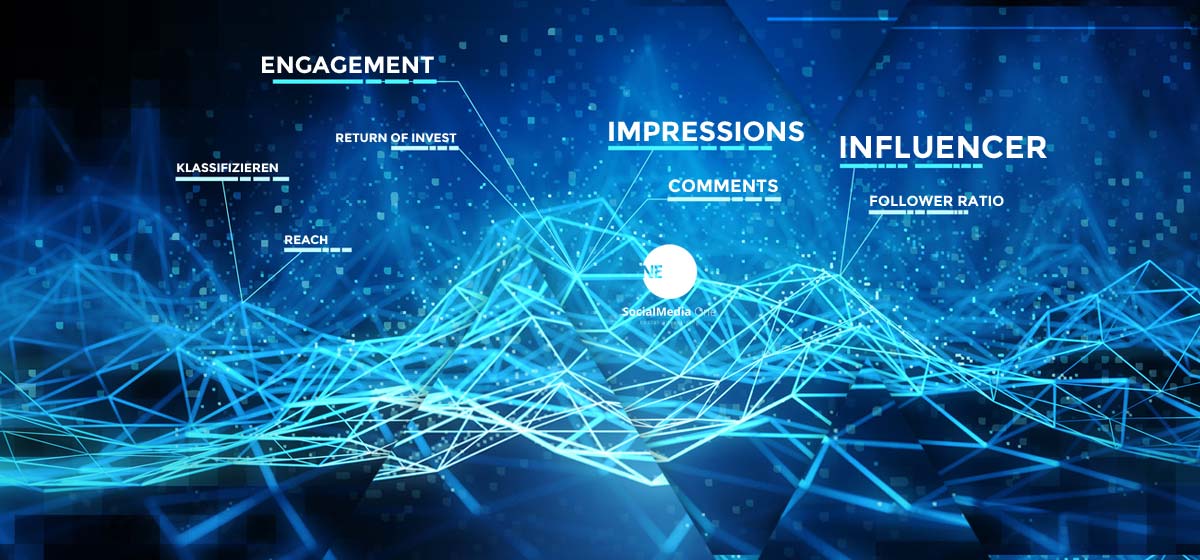
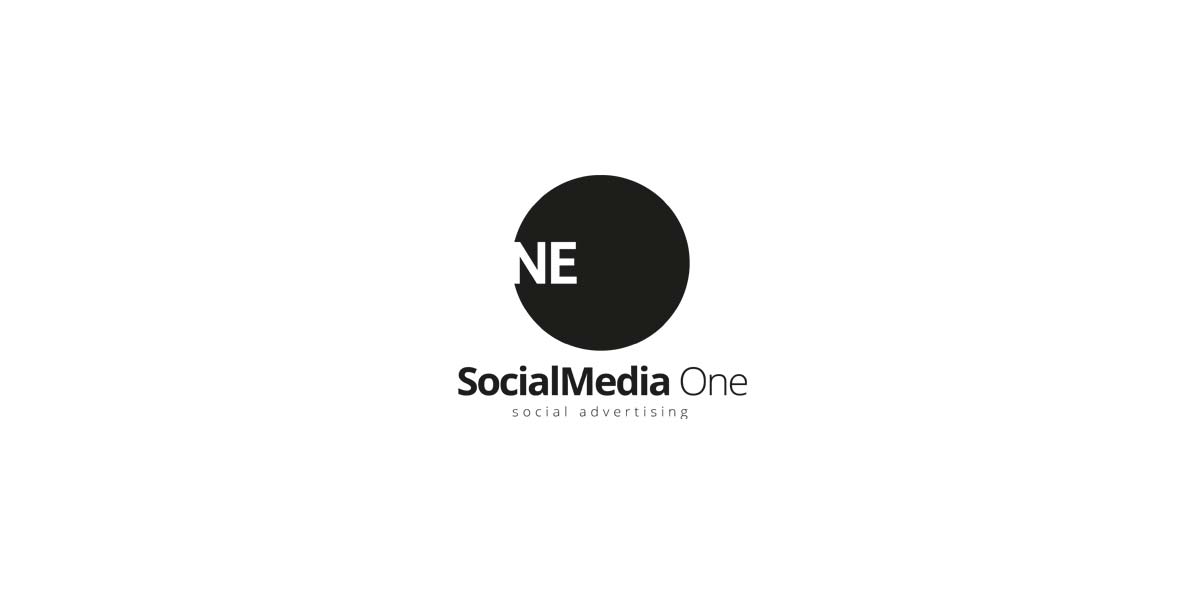
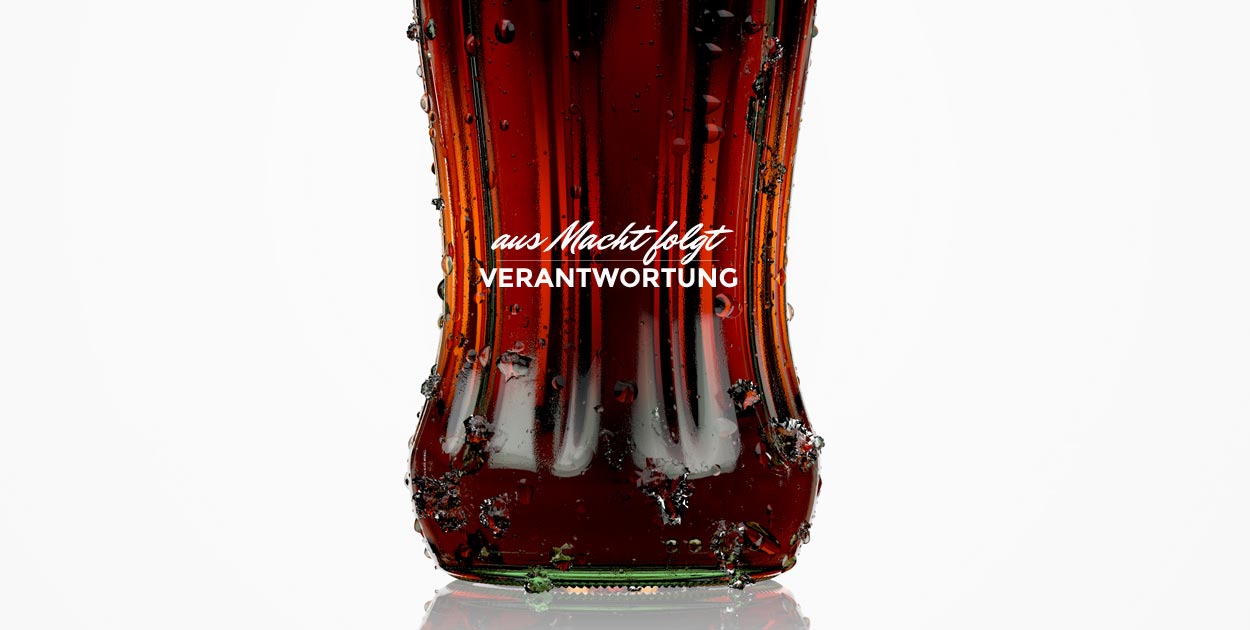
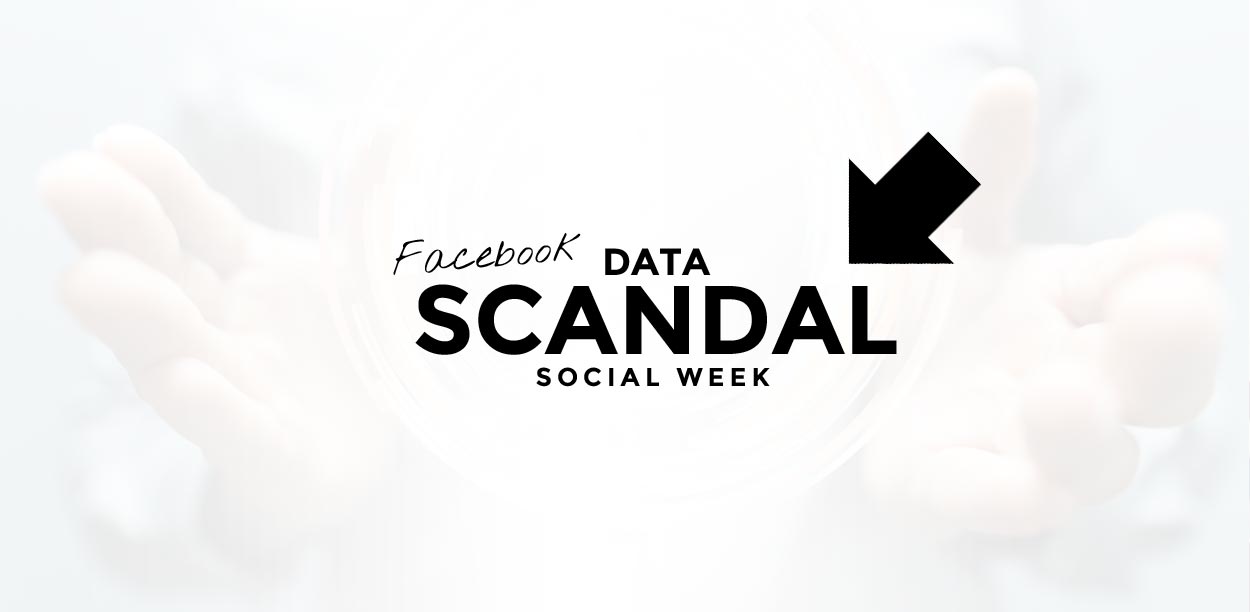
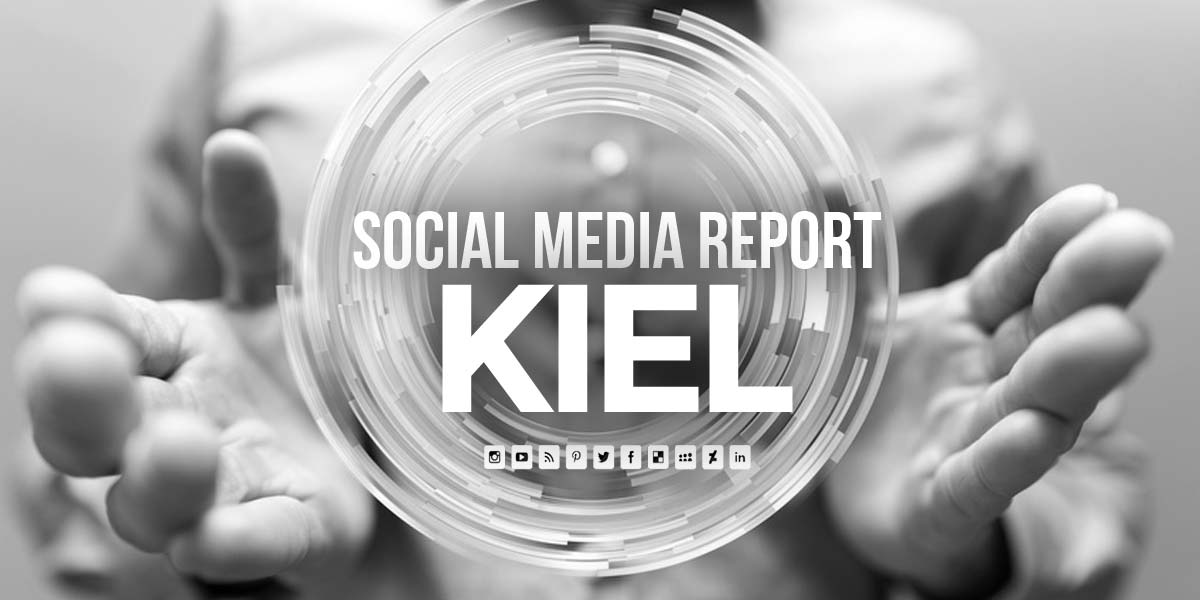
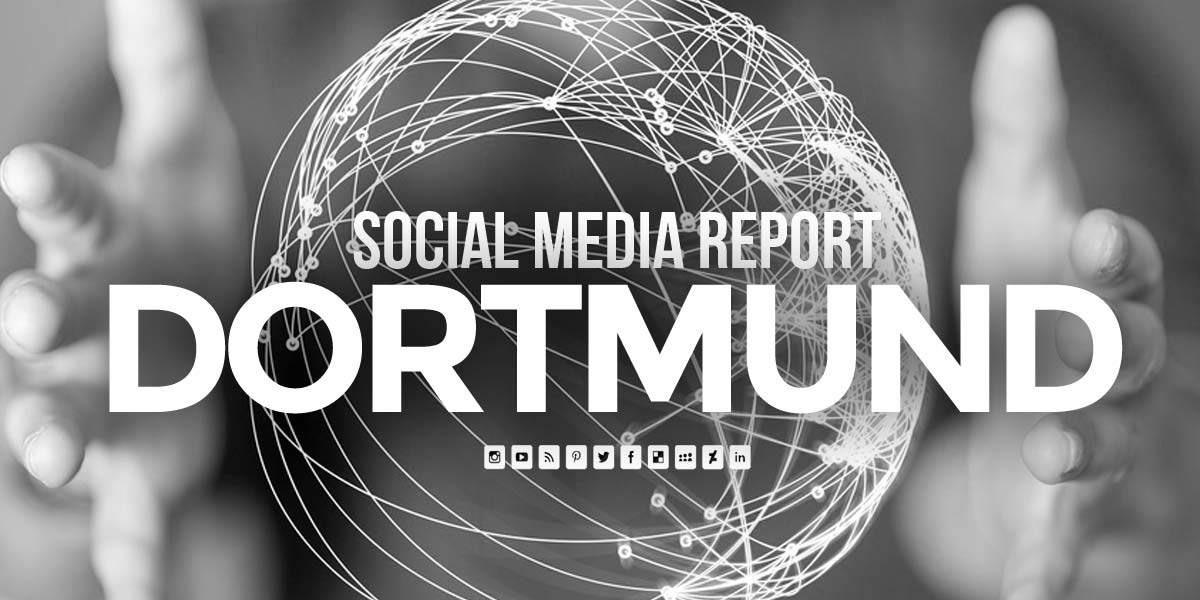
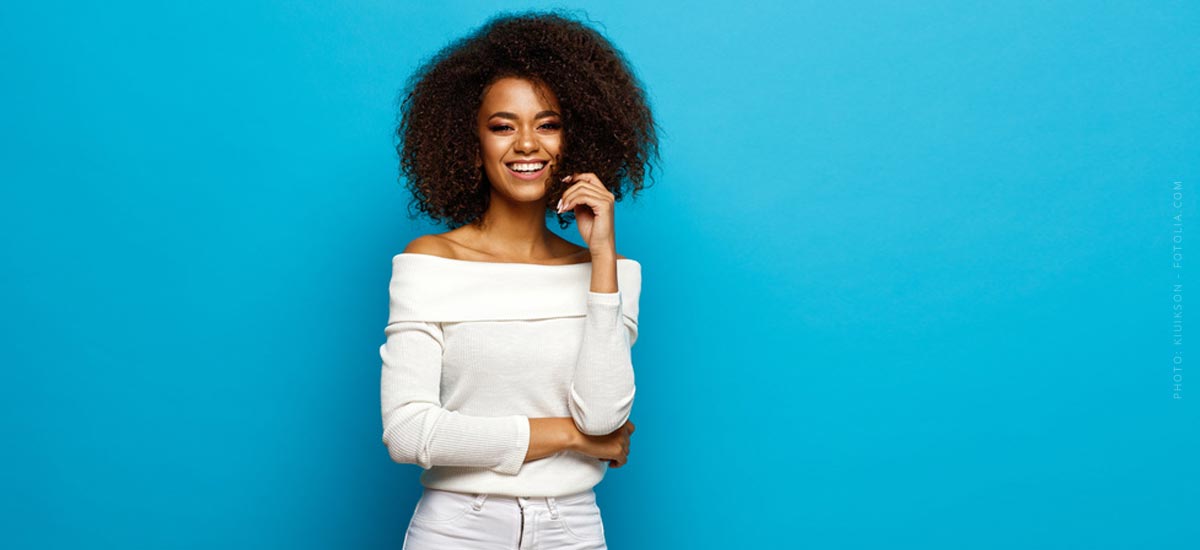
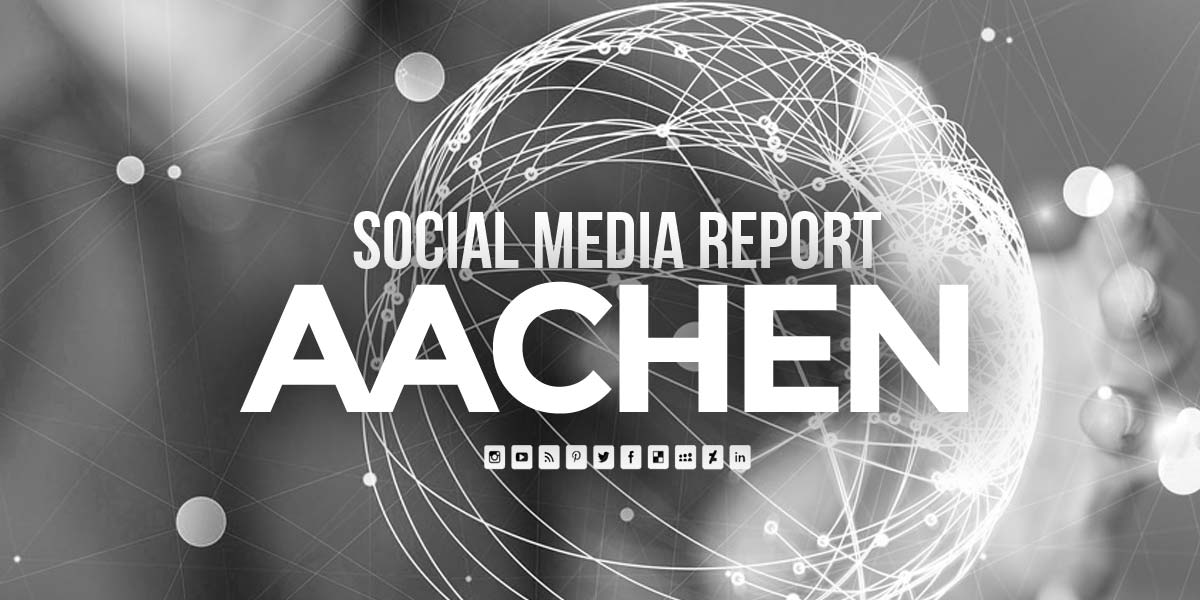
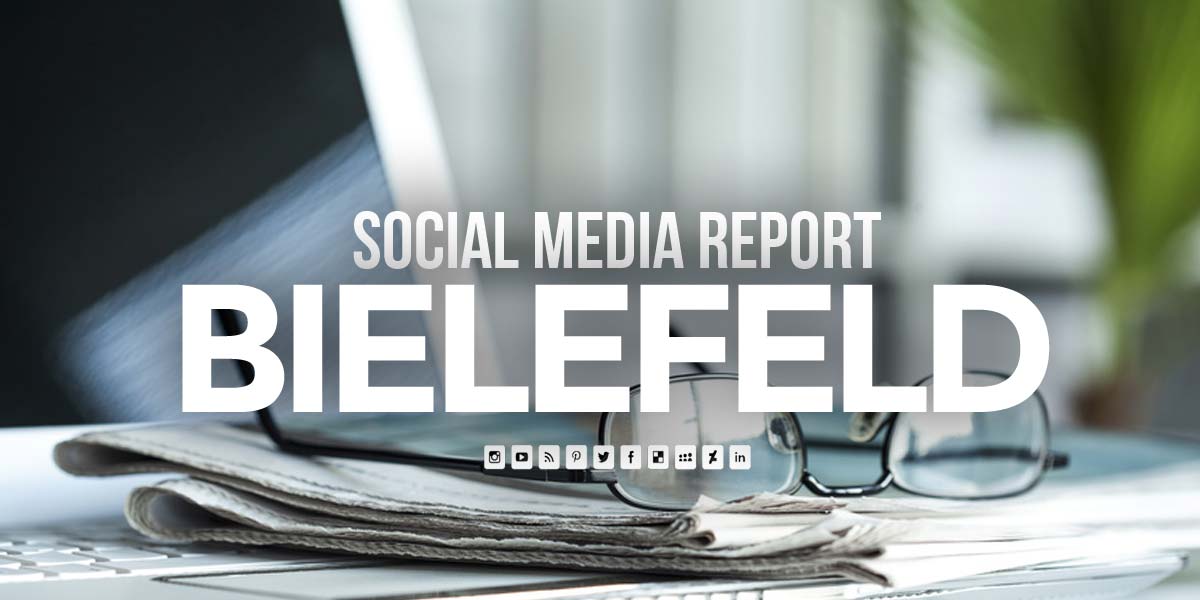
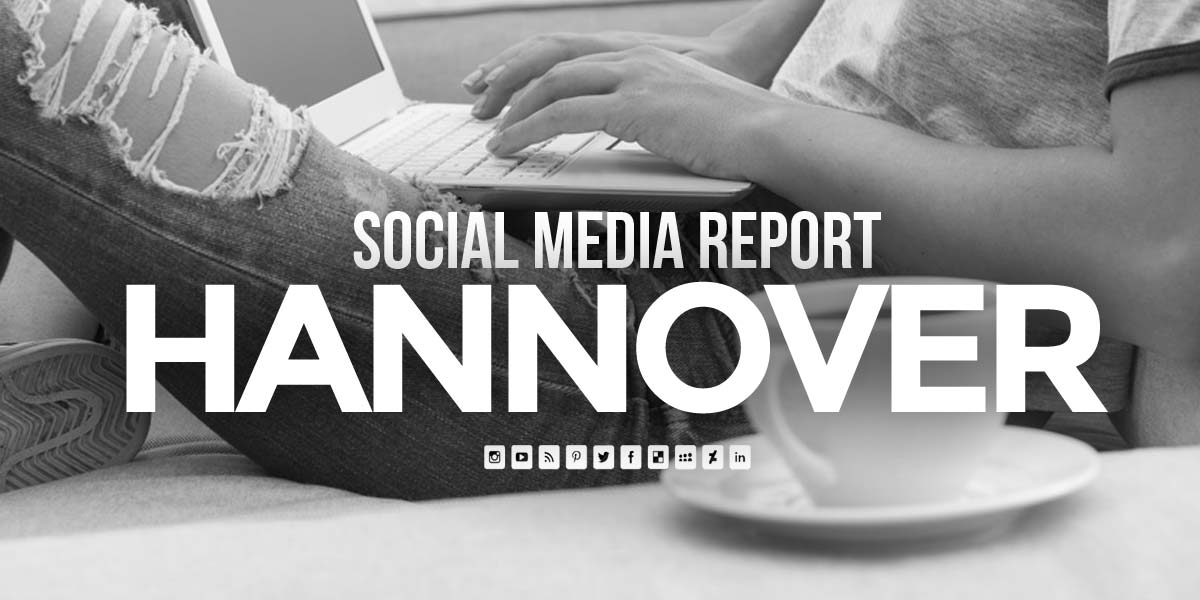
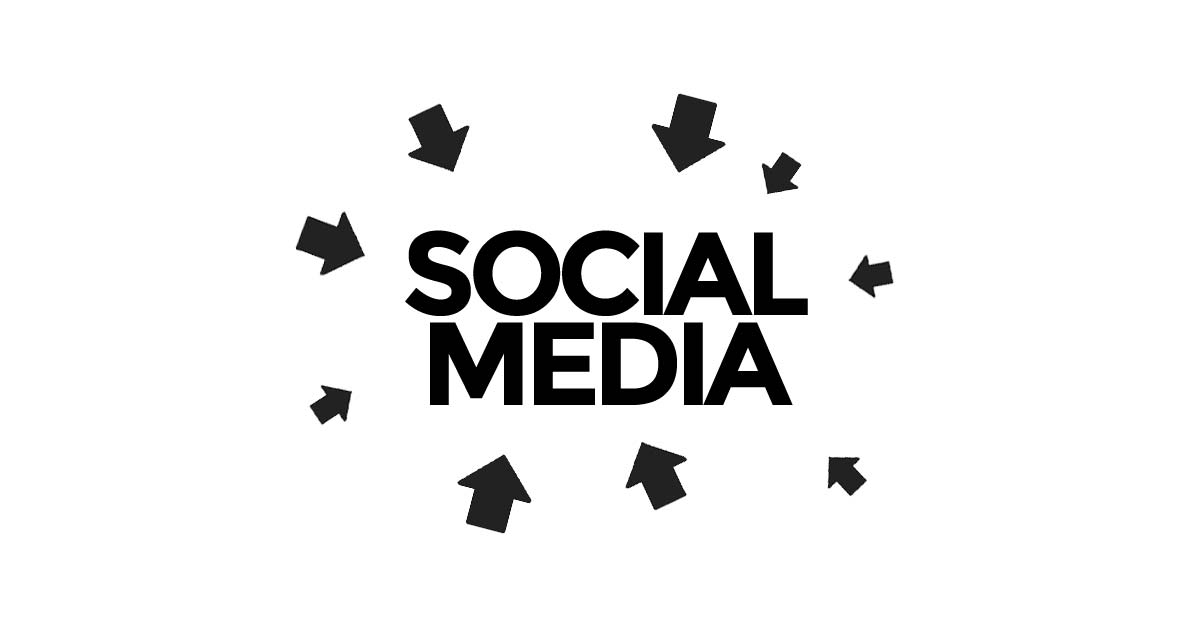
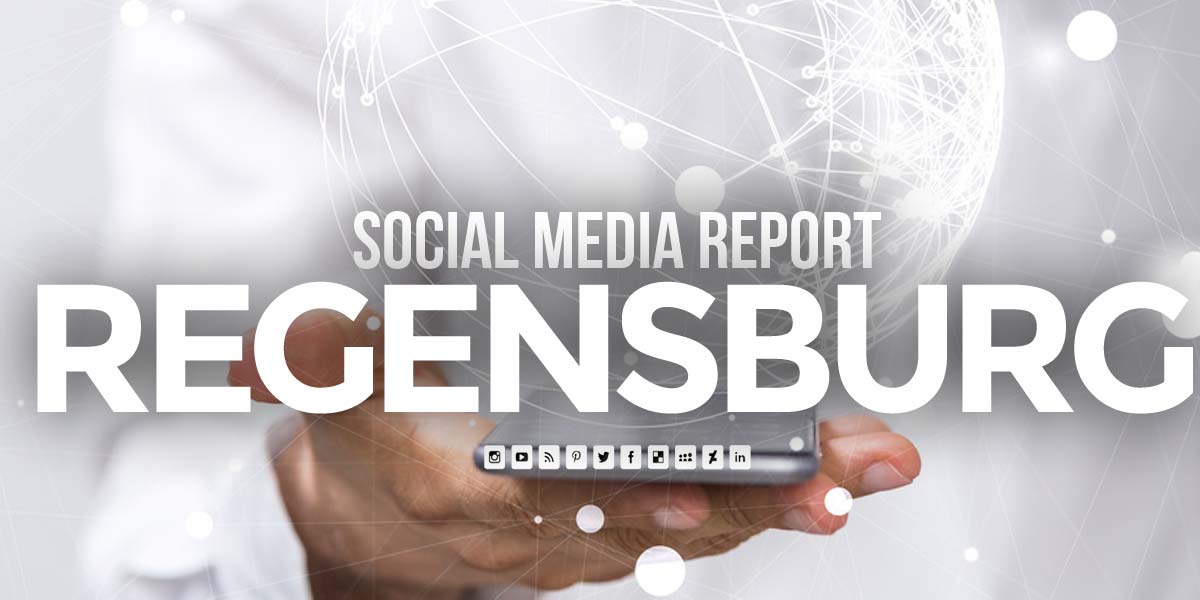
 4.9 / 5.0
4.9 / 5.0